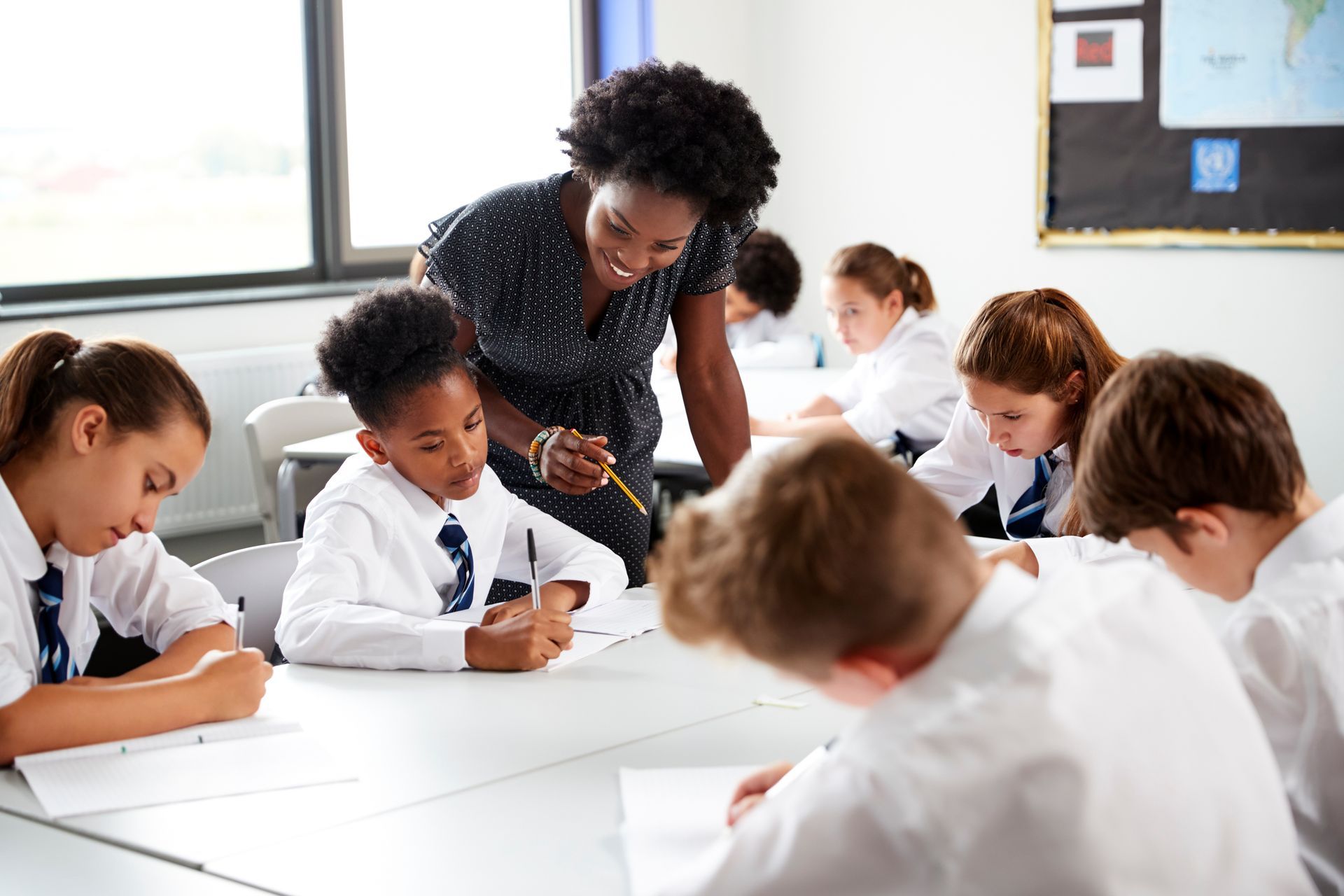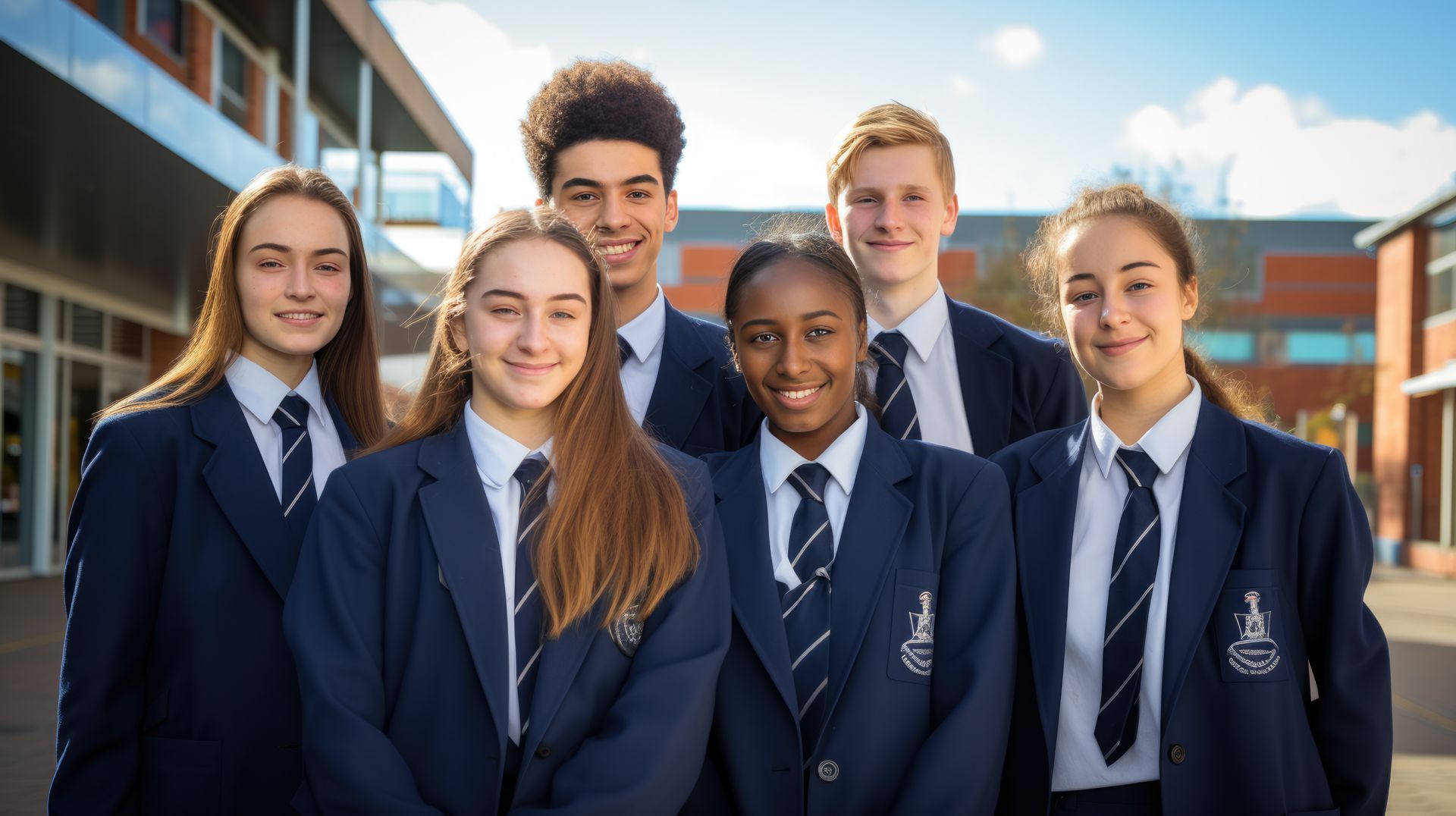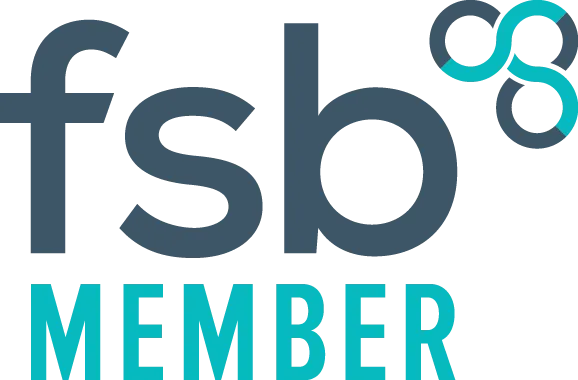Tips for teachers - 8
Embracing Collaborative Learning: Enhancing Education through Group Work and Peer Learning

Introduction:
Collaborative learning is a cornerstone of modern educational practices, and Craig Barton, a renowned educator, strongly advocates for its use in the classroom. By encouraging group work and peer learning, teachers can create a dynamic learning environment where students benefit from shared knowledge and diverse perspectives. This blog post explores how teachers can effectively implement collaborative learning techniques to enrich the educational experience.
The Power of Collaborative Learning:
Collaborative learning goes beyond simply working in groups; it involves students actively engaging with each other to solve problems, discuss concepts, and develop understanding. This approach enhances academic learning and builds essential social and communication skills.
Craig Barton's Tips for Using Collaborative Learning Techniques:
- Foster a Cooperative Environment:
Create a classroom culture that values cooperation and mutual respect. Please encourage students to see the success of their peers as beneficial to the whole group.
- Use Diverse Grouping Strategies:
Form groups in various ways – based on ability, interest, or randomly. This ensures that students interact with a wide range of peers and learn to work with different personalities.
- Set Clear Objectives and Roles:
Clearly define the goals of each group activity and assign specific roles to group members. This structure helps maintain focus and ensures that each student contributes.
- Encourage Active Participation:
Promote an environment where every group member is encouraged to contribute. Ensure that quieter students are allowed to share their ideas.
- Teach Collaborative Skills:
Explicitly teach skills like active listening, constructive feedback, and conflict resolution. These skills are crucial for practical group work.
- Use a Variety of Collaborative Activities:
Incorporate different types of group activities, such as discussions, projects, problem-solving tasks, and peer teaching sessions.
- Monitor and Guide Groups:
While students work in groups, circulate the room to monitor their progress, provide guidance, and offer support as needed.
- Reflect on Group Work:
After a collaborative activity, debrief with the class. Discuss what worked well and what could be improved. This reflection helps students learn from their experiences.
- Assess Group and Individual Performance:
Evaluate both the group's output and individual contributions. This ensures that all students are accountable for their part in the group work.
- Encourage Peer Feedback:
Have students provide feedback to each other. Peer feedback can be a powerful tool for learning and improvement.
Conclusion:
Collaborative learning techniques offer many benefits, from deepening understanding to developing interpersonal skills. By incorporating Craig Barton's strategies, teachers can maximise the effectiveness of group work and peer learning in their classrooms. Embrace these approaches to create a more engaging, inclusive, and productive learning environment.










